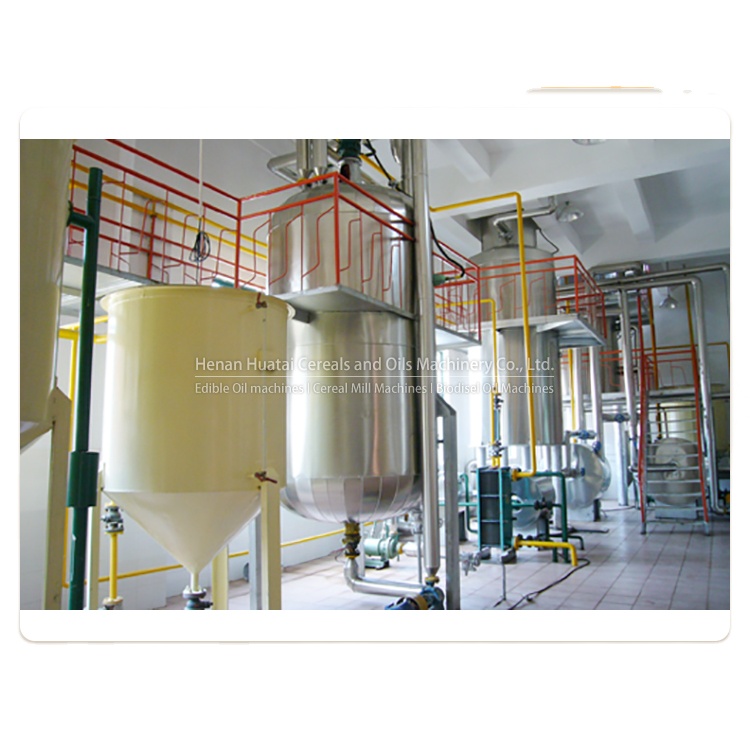
As the global demand for vegetable oils continues to rise, soybean oil remains one of the most widely used edible oils due to its high yield, nutritional value, and versatility in food processing. Modern soybean oil factories employ a multi-step production technology that ensures both high oil yield and consistent quality. Understanding how each stage contributes to the final product is essential for buyers, processors, and investors looking to optimize their operations.

The first critical step in soybean oil production is cleaning and sorting the raw soybeans. This process removes impurities such as stones, dust, and foreign materials that can affect both the quality of the oil and the efficiency of the machinery. According to industry data, proper cleaning can increase oil yield by up to 2% and reduce mechanical wear on equipment. Advanced soybean oil plants use automated sorting systems with optical sensors and air separators to ensure only high-quality beans proceed to the next stage.
Dehulling involves removing the outer shell of the soybean. This step is crucial because the hull contains fibers and other non-oil components that can lower the overall oil extraction rate. Studies show that dehulled soybeans have an oil extraction rate of approximately 18–20%, compared to about 15% for un-dehulled beans. High-efficiency dehullers equipped with impact and friction technologies are now commonly used to achieve this improvement without damaging the bean itself.

After dehulling, the soybeans are crushed into small particles and then flaked into thin sheets. This increases the surface area, which improves oil flow during the pressing or solvent extraction phase. The flaking process also helps to break down the cell structure of the soybean, making it easier to extract oil. Industry benchmarks indicate that optimal flaking thickness ranges between 0.3 mm and 0.5 mm, ensuring maximum oil recovery while maintaining structural integrity.
Oil extraction can be done through either mechanical pressing or solvent extraction. Mechanical presses, such as screw press oil expellers, are known for their high efficiency and ability to produce cold-pressed oil with minimal chemical intervention. According to recent data, modern screw presses can achieve an oil yield of 90–95% from dehulled and flaked soybeans. Solvent extraction, while more efficient in terms of total oil recovery, requires additional steps for solvent recovery and residue treatment.

The final stages include refining, bleaching, and deodorizing to remove impurities, improve clarity, and enhance shelf life. These processes are essential for meeting international quality standards. For example, refined soybean oil typically has a smoke point of 230°C and a free fatty acid content below 0.5%. Proper packaging ensures the oil remains stable during storage and transportation, maintaining its quality until it reaches the end consumer.
| Production Step | Impact on Yield | Impact on Quality |
|---|---|---|
| Cleaning | Up to 2% increase | Improved machine performance |
| Dehulling | 18–20% oil yield | Higher purity and better flavor |
| Flaking | Enhanced oil flow | Better extraction efficiency |
| Extraction | 90–95% recovery | Consistent quality and stability |
By adopting a multi-step production approach, soybean oil manufacturers can significantly improve both the quantity and quality of their output. Modern soybean oil plants are designed with energy efficiency, automation, and scalability in mind, making them ideal for large-scale production and export markets.
If you're looking to invest in a reliable and high-performance soybean oil production system, we invite you to explore our comprehensive solutions. Our advanced technology ensures that your oil meets the highest international standards while maximizing yield and minimizing waste.

